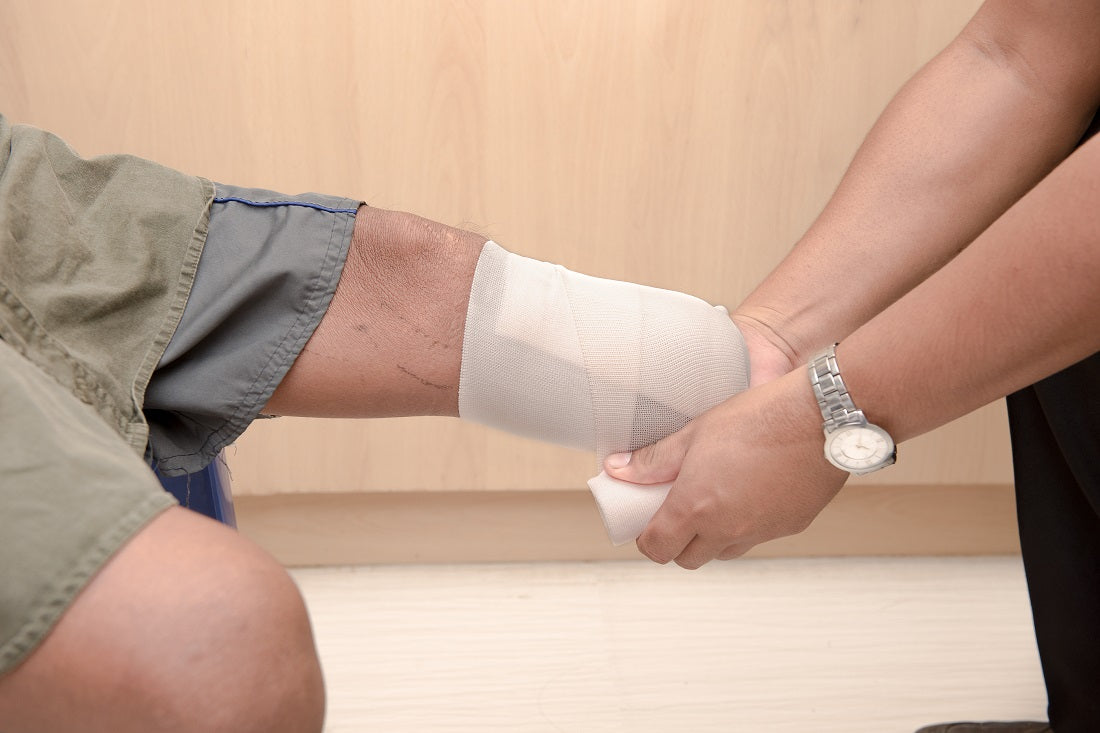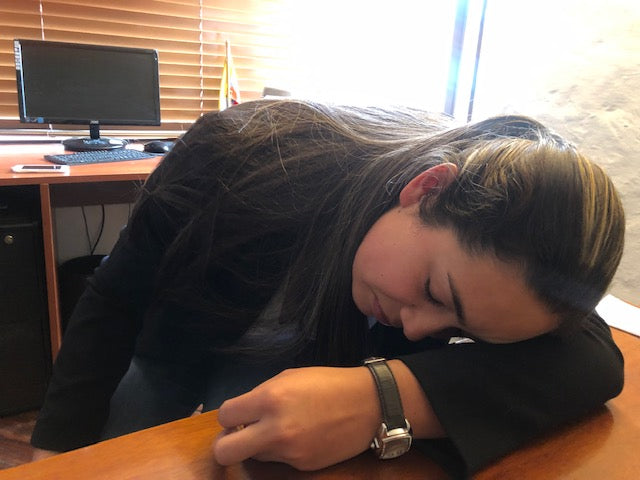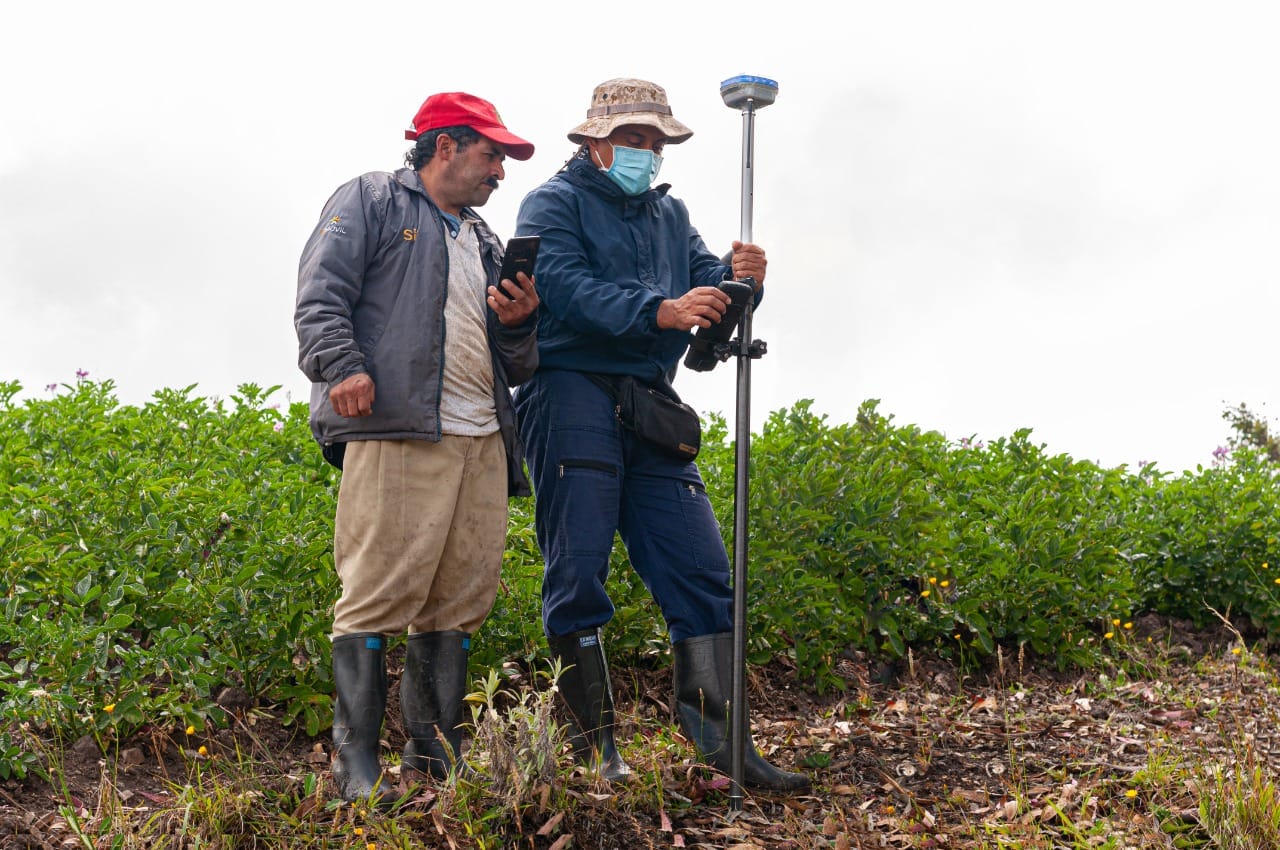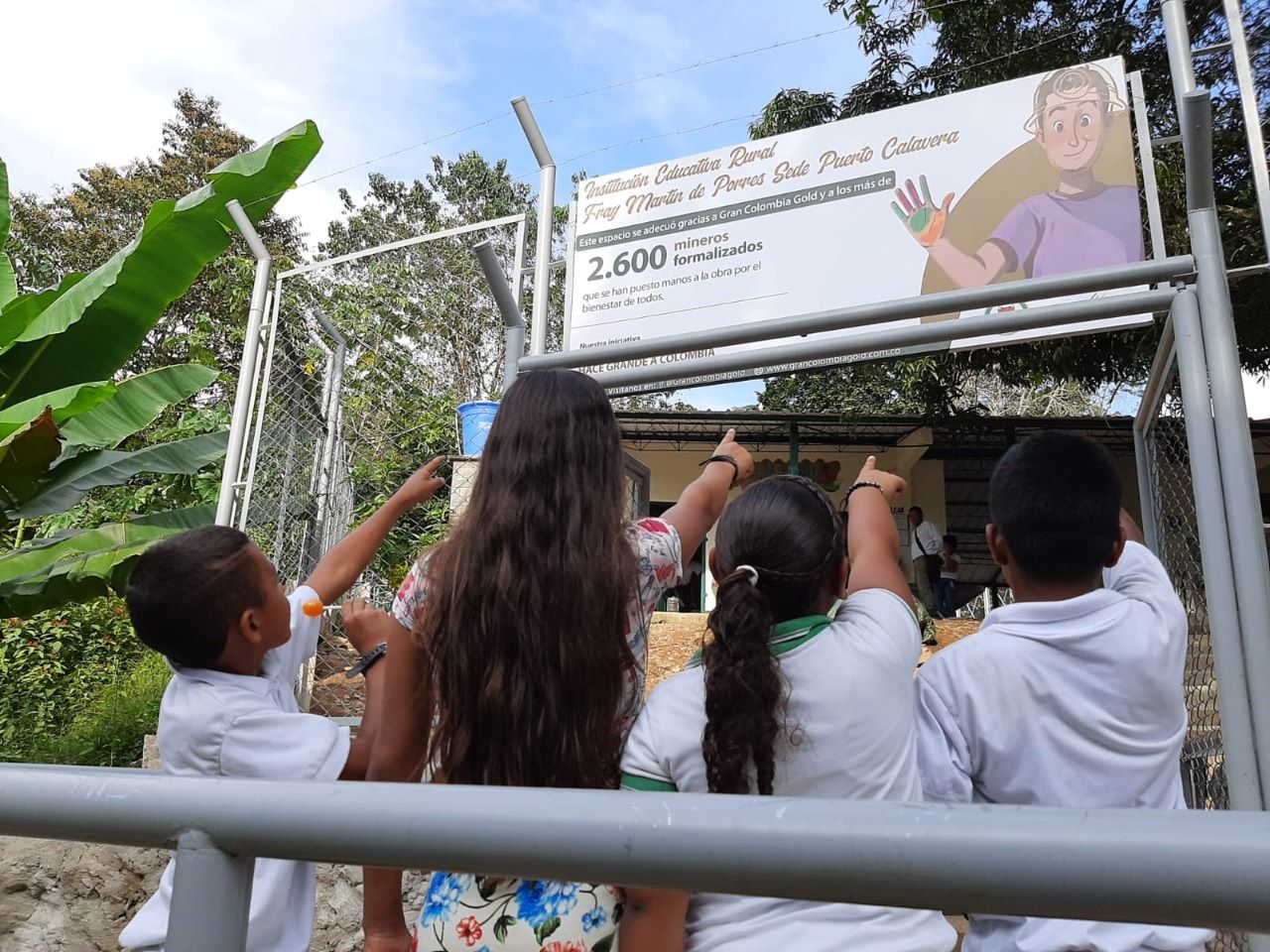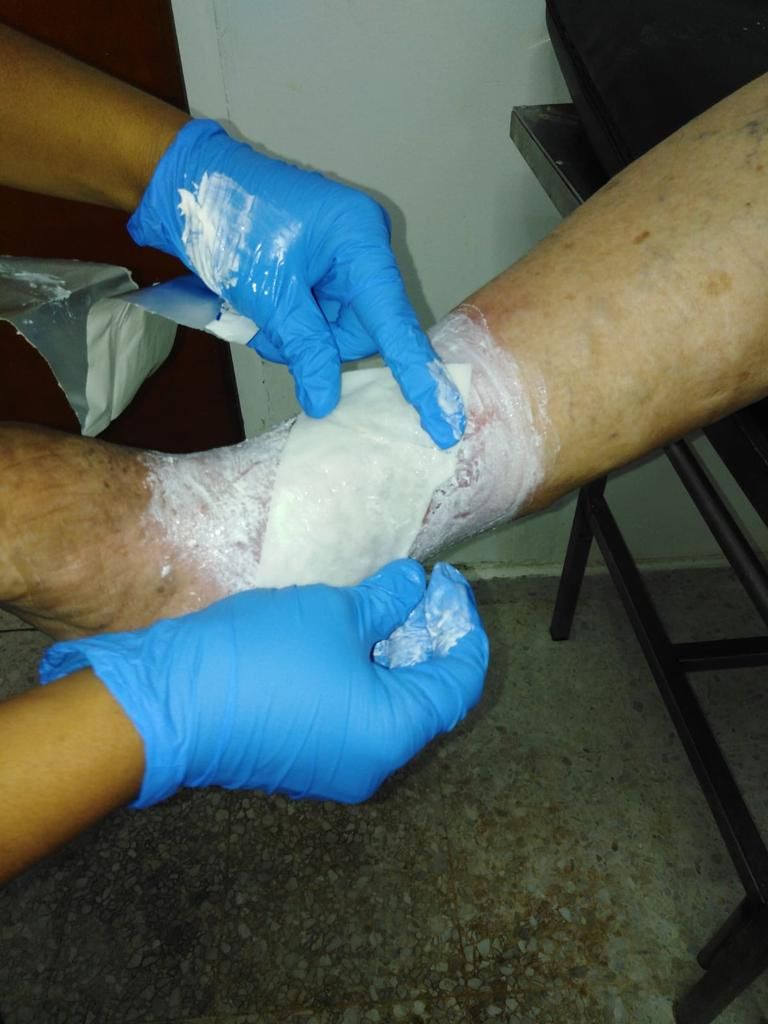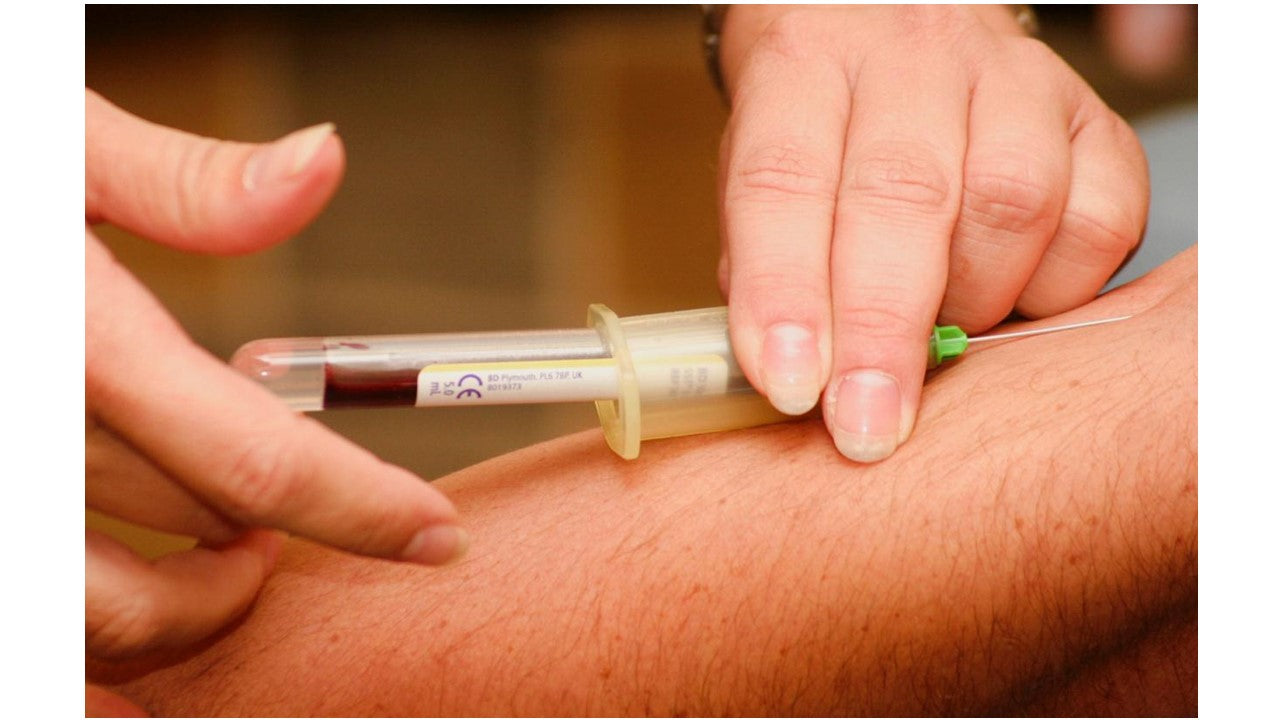
- 29 Apr 2023
diabetic foot ulcer
- Diabetic foot ulcer (DFU) occurs in patients who, in addition to diabetes, suffer from arteriopathy or neuropathy.
- The 5-year mortality in patients with major amputation is 56.6%, for minor amputation 46.2%.
- Of patients who heal their ulcer, 40% will have a relapse within 1 year, 65% within 5 years, and more than 90% within 10 years.
- The 5-year mortality and direct costs of caring for patients with diabetic foot ulcer complications are similar to those of cancer.
- “Surprisingly, we see how people with diabetes fear amputation more than death itself.” Doctor Yamile Jubiz, diabetologist.
National, May 2022-More than a third of the 500 million people with diabetes worldwide will develop a Diabetic Foot Ulcer (DFU) during their lifetime. More than half of them will end up with an infection and of these 17% will require an amputation.
These figures were published by Dr. David Armstrong, in his scientific article published in the Foot and Ankle research journal in 2020. This American podiatric surgeon is known for his work in amputation prevention, diabetic foot, and wound healing. .
These data provided by Dr. Armstrong show how diabetes-related foot ulcers (DFU) are affecting about 20 million people a year and have become one of the main causes of disability, given that these Patients become totally dependent.
In Colombia, according to the information reported to the High Cost Account (CAC), in 2021, 1,676,885 people were reported diagnosed with diabetes.
According to Dr. Yamile Júbiz Pacheco, Diabetologist and representative for Colombia before the world group D-Foot International, the most important causes of having a diabetic foot ulcer (DFU) is the presence of diabetic neuropathy (sensory, motor or autonomic). ) and peripheral arterial disease.
“Both complications predispose patients to injuries and tissue destruction or infection, becoming the prelude to amputations in more than 85% of cases.”
Increasing obesity indirectly increases DFU rates
According to data from the tenth edition of the International Diabetes Federation (IDF) Atlas of 2021, it is estimated that 537 million people have diabetes in the world. This figure is expected to reach 643 million in 2030, and 783 million by 2045.
Additionally, the global diabetes trend is greater in high-income countries (10.4%) than in low-income countries (4.0%), and in urban (10.8%) than rural areas (7.2% ). However, it is expected that in the coming decades these figures will increase, even in low-income countries.
Diabetic foot ulcer generally occurs in people with Type 2 diabetes. It represents approximately 85% to 90% of all types of diabetes and its increase can be attributed to several factors, such as the increasing aging population and the rapid increase in obesity of people living in cities.
The mortality rate with amputation is 56%
Doctor Yamile Júbiz states that “diabetes can occur in anyone without distinction of race, sex or age. When a low-income patient suffers from it, we begin to see a social problem, not being able to maintain an adequate diet, which is why they are more likely to have complications with this disease. Additionally, access to specialist doctors for people in rural areas is very difficult.”
Júbiz states, “a person with diabetes, which is a metabolic disease, in addition to receiving treatment with medications, must follow a diet with adequate portions of fruits, vegetables, carbohydrates, animal or vegetable protein, such as cheese, eggs, meat. , soy, quinoa…”
Additionally, diabetes is a progressive disease that produces complications in different organs, which imply that the mortality of a person with diabetic foot at 5 years is 30%. When a minor amputation occurs it is 46%. If it is a major amputation, that is, the loss of the leg above or below the knee is 56%.
Of patients who do not need amputation and can heal their ulcer, 40% will relapse within 1 year, 65% within 5 years, and more than 90% within 10 years. “Surprisingly, we see how people with diabetes fear amputation more than death itself.”
Economic impact
The economic impact of diabetic foot disease is similar to that of cancer in any sense, but supportive technologies to predict and prevent onset offer potential short-term healthcare savings.
However, when the patient becomes complicated and DFU appears, assuming that this patient is in treatment for 6 months, it could cost the health system around 6 million pesos in cures alone; These costs increase when infections and hospitalizations occur during treatment due, not only to the diagnostic tests that must be carried out, but also to the medications required.
Over the course of a year, a DFU patient who has had an infection and has been hospitalized at least once can incur costs to the system of approximately 30 million pesos. In addition to the time taken for treatment, if the DFU does not close after treatment, a vascular surgery alone can cost the system between 5 and more than 15 million pesos.
To this, we must add the expenses that the person must assume, such as transportation to their countless appointments to continue with the treatment and therapies, wheelchair, companion, among others.
Additionally, an important social cost is the reduction in the quality of life of patients with this disease, as well as the decrease in their productivity due to limitations in performing even daily tasks.
In Colombia, less than 10% of patients are rehabilitated, due to the lack of opportunities to continue with their treatment, the procedures to which they are subjected, delays in appointments for controls, for therapies. Additionally, the patient's transportation and caregiver costs increase and many do not have the financial solvency to cover these expenses.
Within this problem, according to Yamile Júbiz, patients with diabetes are not being diagnosed in time in Colombia. A patient who is diagnosed in time has a “grace period” of 10 years, during which they can begin to take the necessary precautions to control the disease.
From year 10 onwards, complications begin, hence the importance of screening the population prone to suffering from this disease. This is why the role played by the primary care doctor is so important, who must focus on the patient in a comprehensive way.
For their part, people with diabetes must learn to know the disease and their body. Be self-critical, taking care of your diet and taking care of yourself. In addition, requiring your primary care doctor to periodically carry out screenings, which are investigations of complications you may have throughout your illness.
For Dr. Júbiz, “health entities should take care of the proper functioning of promotion and prevention programs, the basis of which must be the education of the patient, regarding the benefits that the medications they are consuming can bring, so that they learn with "How often should you have the tests, that you know what a glucometry or diabetes test is for."
Regarding the role that the government should play, Dr. Yamile insists that the EPS should be obliged to ensure that the promotion and prevention programs work and that the screenings are carried out. In addition to promoting national clinical practice day for different diseases and their complications.
For the head of the diabetic foot of the Colombian Diabetes Association, “we have made a lot of progress in medications for the management of the diabetic foot, with broad-spectrum antibiotics to manage infections, medications based on biotechnology for healing, new surgical techniques for vascularization of the arteries to return circulation to the legs, there are new devices, and in Colombia we have access to them, through our health system.”
That is why the patient must be referred on time and attended to by a multidisciplinary team to treat the pathology. For this comprehensive care and depending on the complexity of the disease, the general practitioner, family medicine, nutritionist, internist, orthopedist, vascular surgery, wound clinic, plastic surgery, infectious disease, interventional radiology, physiatry and psychology intervene.
Patients in rural areas, the most affected
For Dr. Rubén Fuentes Internist and Endocrinologist from Bucaramanga, the patients most affected by this disease are those who live in rural areas, since their lifestyle habits are not the most appropriate, such as food.
Some are afraid of insulin, others do not have a refrigerator to store it, they go barefoot or with inadequate footwear, or they do not have access to health services and when they arrive, they already have complications or a disability such as Charcot's Foot.
This degenerative and progressive disease affects the joints of the foot and a complete deformity of the bones occurs due to fractures that occur due to the same injuries. Generally, these are patients who only consult when the foot is completely deformed.
Additionally, people who live in the countryside have a high tolerance for pain, so they do not seek medical advice, and there is still the popular belief of consuming plants and home remedies, generating all the complications of the Diabetic Foot Ulcer.
Diabetic Foot Group of the Pablo Tobón Uribe Hospital
With all kinds of complications, patients from Urabá Antioquia, Atlántico, Bagre, southeastern Antioquia and other regions of the country arrive at Pablo Tobón Uribe in Medellín, a Level 4 hospital, where the Diabetic Foot Group was formed 6 years ago.
This Group is made up of an endocrinologist, orthopedist, internist, infectious disease specialist, peripheral vascular specialist, wound clinician, diabetes educator, psychologist, physiatrist and surgeon.
“We are a hospital where we receive referrals of patients with very complex diseases. We treat patients who already have many complications, such as very severe arterial diseases, kidney diseases and are referred from first and second level care centers,” explains Dr. Iván Arroyave, orthopedist and traumatologist of this group of specialists.
In a study published by the Pablo Tobón Uribe hospital, over the course of 4 years, of the patients who were admitted for Diabetic Foot Ulcer, 51% suffered from peripheral arterial disease, 57% had ulcers grade 3 or higher, 58% required amputation, 62% of amputations were minor. Mortality attributable to diabetic foot infection or complications resulting from amputation was 1.7%.
For Dr. Arroyave, “the main barrier to the disease is the patient himself, because he does not take his medications, his diet is not adequate. In addition to this, there is the difficulty of medical care when they live in remote regions. Other times, the medicines do not arrive on time. When they go to claim them, they must remain standing for a long time, which causes the wound to open again. breaks the skin, the healing process is damaged. There are many factors that affect it.”
For Luz Dary Rodríguez, the fungus she was diagnosed with turned out to be a UPD
At the beginning of 2021, Luz Dary, a 55-year-old woman from Mariquita, Tolima, had already learned that diabetes and hypertension had been part of her life for 35 years. However, one day she realized that a “little bruise” was growing on her left foot and it began to bother her to the point of scaring her.
She went to the emergency room of a hospital in Villavicencio, where she lives with her family, and the doctor who treated her referred her to an outpatient clinic for a scraping and biopsy, since such a stain did not warrant an emergency.
Later, after going to a private doctor, who treated her with antibiotics, a purple line appeared, which caused her a lot of pain and she started to develop a fever.
That was when she went to the Yanguas de Soacha hospital, where they hospitalized her, discovered her arterial problem and began her 3 and a half month ordeal between surgeries, two stents in the arteries of both legs, cures and all the measures of the interdisciplinary group that They treated her to avoid the amputation that had already been predicted for her.
At the time of this interview, his wound is already healed, however he told us another scare that was causing a small bruise that was appearing on one of his toes.
The fight is not over yet, “one has to learn to take care of oneself, value oneself, because if not one will be ruined for life. I am already aware of the care I must take with myself, no more soda, birthday cakes and other foods that I know hurt me.”
Focusing on early-stage preventive therapies and long-term supportive therapies for people in remission of Diabetic Foot Ulcer (DFU) can result in longer life expectancy and health for patients.
Medical advisors:
- Doctor Yamile Júbiz Pacheco, Diabetologist, head of the diabetic foot of the Colombian Diabetes Association and representative for Colombia before the world group D-Foot International
- Doctor Rubén Fuentes Internist and Endocrinologist from Bucaramanga.
- Dr. Iván Arroyave, orthopedist and traumatologist from the specialist group, Pablo Tobón Uribe hospital, Medellín.
Thanks to the patient: Luz Dary Rodríguez.


